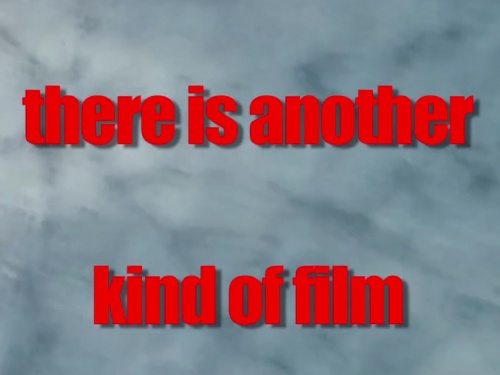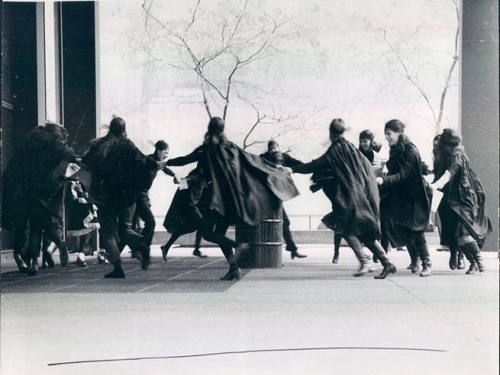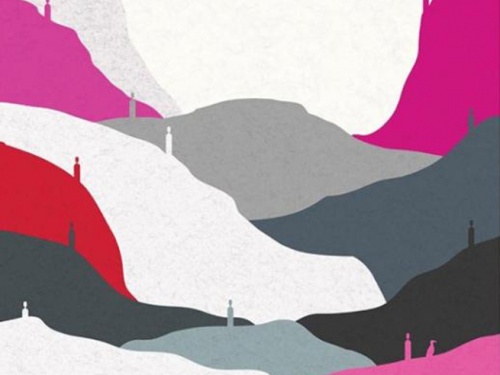'The shapers of the future reality': Sean Bonney on Amiri Baraka
Poet Sean Bonney reflects on the life and work of Amiri Baraka ahead of Saturday’s conference and evening performances at the ICA.
Shortly after the 1965 publication of his novel The System of Dante’s Hell, Amiri Baraka—then still named LeRoi Jones—wondered in an interview whether the energies he had put into writing it might not have been better used to “devise a method for blowing up the White House”. Perhaps he was right. But while the whole of Baraka’s work might not add up to a manual for creating a revolutionary movement, it is still among the most exacting and vital expressions of the struggle to create a militant poetics written in the “English” language. A key force in the intense constellation of African-American creation that emerged from the Black Liberation struggles of the late 60s, together with writers and artists such as Henry Dumas, Albert Ayler, Sun Ra, Jayne Cortez and Sonia Sanchez, Baraka produced some of the most confrontational art of the twentieth century. The Black Arts Movement was the major avant-garde movement of the 1960s, a dialectical shift in the relation between form and content as mode and address. This was a poetry that was no longer an artistic representation of speech, but speech itself: “We wanted an art that was revolutionary. We wanted a Malcolm art, a by-any-means-necessary poetry. A Ballot or Bullet verse.” It was actively revolutionary, and it was intended for the people who were capable of making that revolution.
Lorenzo Thomas recalls a Baraka reading from around 1967: "We walked through the cold quiet streets a few blocks to a union hall or community centre sort of place where Amiri Baraka was reading feverish political poems to a few cheerful working class black folks... Baraka was dressed in a flowing big-sleeved dashiki and a Moroccan knit cap. He was shouting and singing his poems... The audience, just like a church congregation, said 'Amen' when the poem was finished... Ishmael Reed and I sat there with our eyes bugged out, wondering if the brother was mad. Talking like that. Talking that talk... The people were saying 'yeh, uh, huh', laughing and bopping their heads. Like in church. I was amazed at what the poems were doing."
It is a poetry that is uninterested in only speaking to aesthetes, one that refuses a distinction between artistic work and revolutionary activism. “The artist and the political activist are one,” wrote Larry Neal, in the afterward to the Black Arts anthology Black Fire, edited by himself and Baraka in 1968, “they are both shapers of the future reality”. But in no way—as the caricature of the later Baraka goes—was this a sacrifice of complexity. The relationship to the content of the work, as well as to the audience, was transformed. Artists summoned images and histories inaccessible to the comprehension of the racist enemy, that were both educational—they were committed to art as pedagogical street communication—and revolutionary, in that the world being proposed was one that was entirely other than the one in which they were made to live.
This article is posted in: Articles
Tagged with: Amiri Baraka, Sean Bonney, United States, politics, activism, poetry, writing





